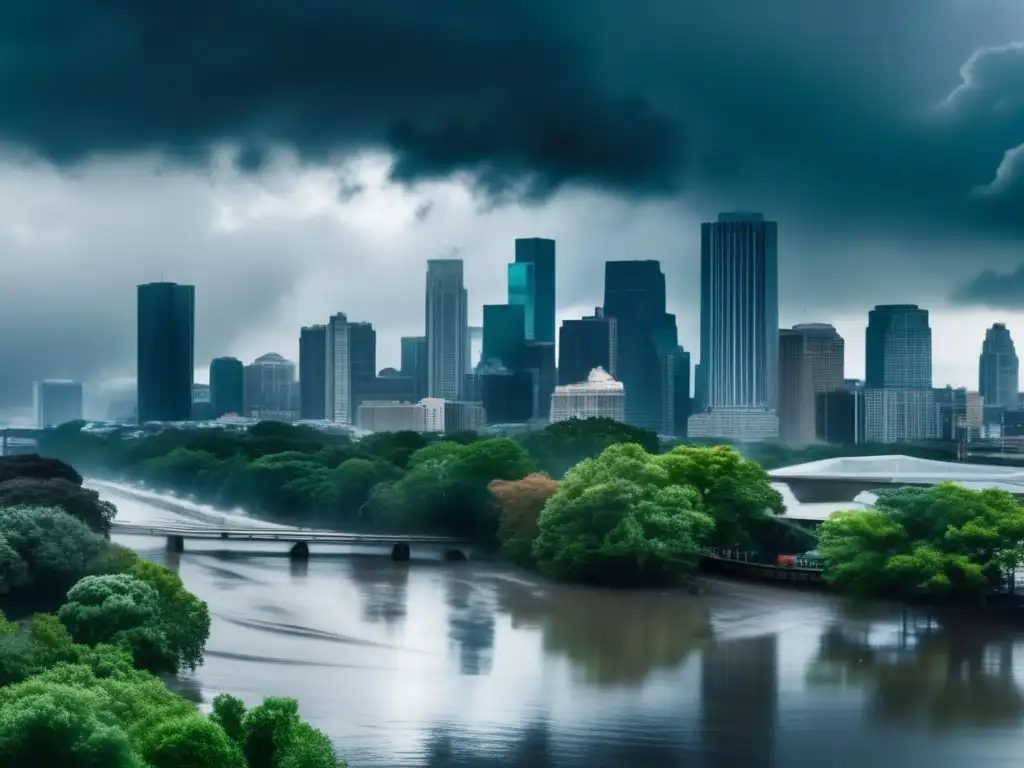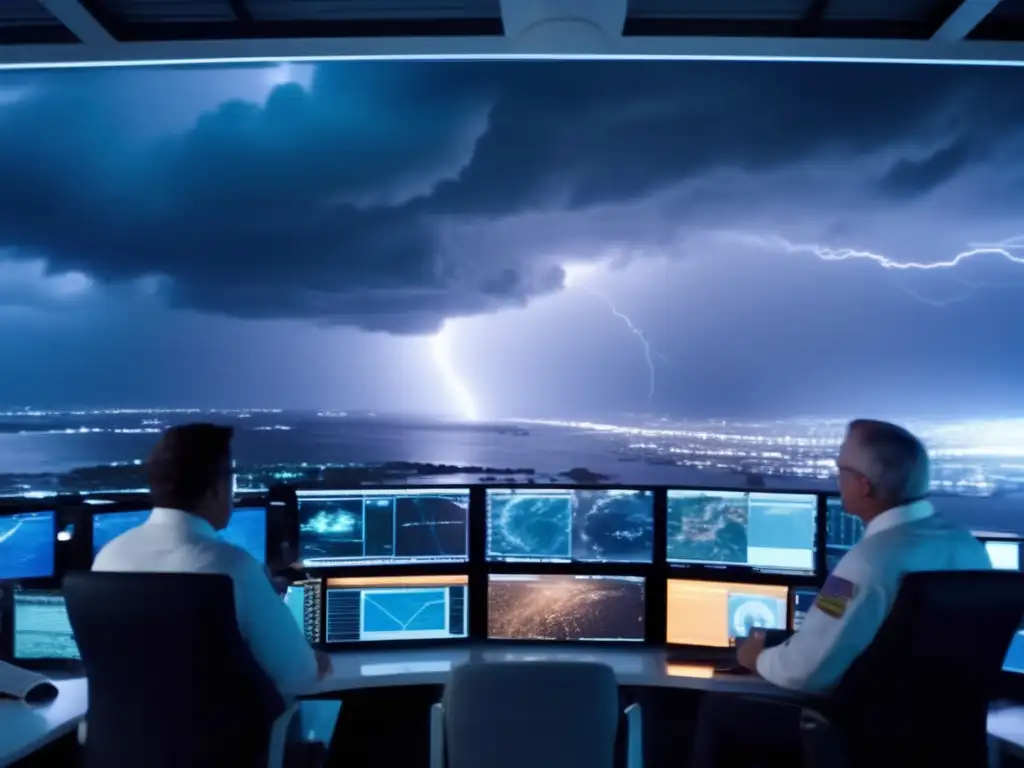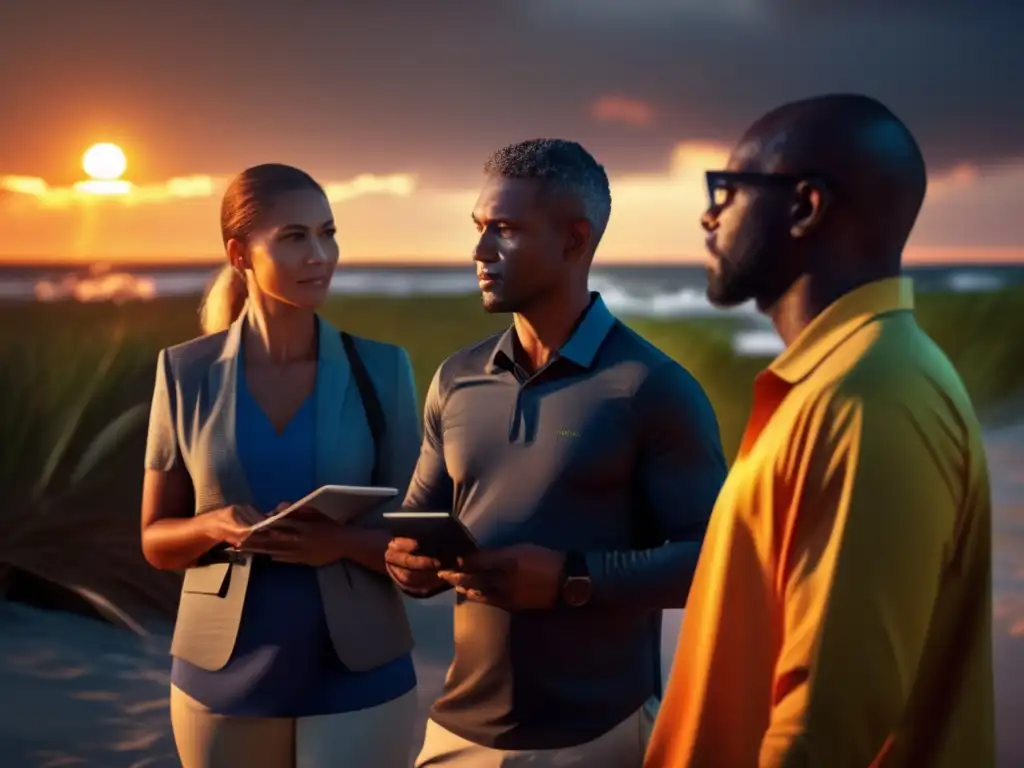Hurricanes Through The Decades: A Changing Landscape

Hurricanes Through the Decades: A Changing Landscape
Introduction
Hurricanes are one of the most powerful natural disasters on Earth, with the ability to cause extensive damage to coastal and inland communities. The frequency and intensity of hurricanes have been changing over the decades due to various factors such as climate change, ocean temperature rise and human activities. In this article, we will explore the changing landscape of hurricanes through the decades and how it impacts our lives.
The Early Days of Hurricane Tracking

The First Hurricane Forecast
The first recorded hurricane forecast was in 1870, by a meteorologist named William B. Espy. He predicted that a hurricane would hit Cuba and Florida, which came true several days later. This led to the development of the hurricane warning system in the United States.
The Birth of Hurricane Hunting
In 1943, the United States Army Air Forces created the Hurricane Hunters, a group of pilots who flew into the eye of the hurricane to gather data on its location, intensity, and direction. This information is crucial for predicting the path of the storm and warning residents in its path.
The Rise of Satellite Technology
In the 1960s, satellite technology became available, allowing forecasters to track storms from space. This revolutionized hurricane tracking and forecasting, providing a more accurate and detailed picture of the storm's path and strength.
The Impact of Climate Change

The Link Between Climate Change and Hurricane Frequency
Climate change has been linked to an increase in hurricane frequency and intensity. As ocean temperatures continue to rise, it provides more fuel for hurricanes to develop and strengthen. Warmer air also holds more moisture, causing heavy rainfall and flooding.
The Connection Between Climate Change and Hurricane Destruction
Climate change has also been attributed to the increased destruction caused by hurricanes. Rising sea levels and more intense storm surges lead to more significant coastal flooding and erosion.
The Need for Mitigation and Adaptation
As the frequency and intensity of hurricanes continue to increase, it is vital to implement strategies to mitigate and adapt to their impact. This includes investing in infrastructure and buildings that are resilient to hurricane damage and promoting sustainable practices to reduce the effects of climate change.
The Future of Hurricane Forecasting

The Advancement of Technology
As technology continues to advance, so do our abilities to track and predict hurricanes. The use of drones and artificial intelligence could provide more accurate and detailed data on hurricanes, improving forecasting and potentially reducing the loss of life and damage caused by these natural disasters.
The Importance of Preparedness
Despite advancements in technology and science, hurricanes remain unpredictable and dangerous. It is crucial to be prepared and have an emergency plan in place before a hurricane strikes. This includes stocking up on supplies such as food, water, and medication, securing your home, and heeding evacuation orders when necessary.
The Role of Community Support
In the aftermath of a hurricane, communities can come together to provide emotional support and assistance to those affected. This support can help individuals cope with the trauma of the disaster and aid in the recovery and rebuilding process.
Frequently Asked Questions

-
How does climate change affect hurricanes?
Climate change has been linked to an increase in hurricane frequency and intensity due to rising ocean temperatures and warmer air holding more moisture. It has also contributed to the increased destruction caused by hurricanes through rising sea levels and more intense storm surges.
-
What is the best way to prepare for a hurricane?
The best way to prepare for a hurricane is to have an emergency plan in place, stock up on supplies such as food, water, and medication, secure your home, and heed evacuation orders when necessary.
-
How has hurricane tracking and forecasting improved over the years?
Hurricane tracking and forecasting have improved through the development of technologies such as satellite technology, the use of hurricane hunters, and advancements in data collection and analysis.
-
What is the role of community support in the aftermath of a hurricane?
Community support can provide emotional support and assistance to those affected by a hurricane and aid in the recovery and rebuilding process.
-
What is the future of hurricane forecasting?
The future of hurricane forecasting could include the use of drones, artificial intelligence, and other advanced technologies to improve accuracy and reduce the impact of hurricanes.
Conclusion
Hurricanes have been a significant force of nature throughout history, with their frequency and intensity changing over time. Climate change has undoubtedly played a role in the recent increase in hurricane activity, but advancements in technology and disaster preparedness strategies can mitigate these effects. It is crucial to remain vigilant, stay informed, and prepare for the worst-case scenario to protect ourselves and our communities from the devastating impact of hurricanes.
Additional Resources

 A Closer Look At Hurricane Doppler Radar
A Closer Look At Hurricane Doppler Radar Exploring Alternative Hurricane Mitigation Techniques
Exploring Alternative Hurricane Mitigation Techniques Historical Societal Responses To Hurricanes
Historical Societal Responses To HurricanesIf you want to discover more articles similar to Hurricanes Through The Decades: A Changing Landscape, you can visit the Basic knowledge about hurricanes: category.
Leave a Reply

Articulos relacionados: